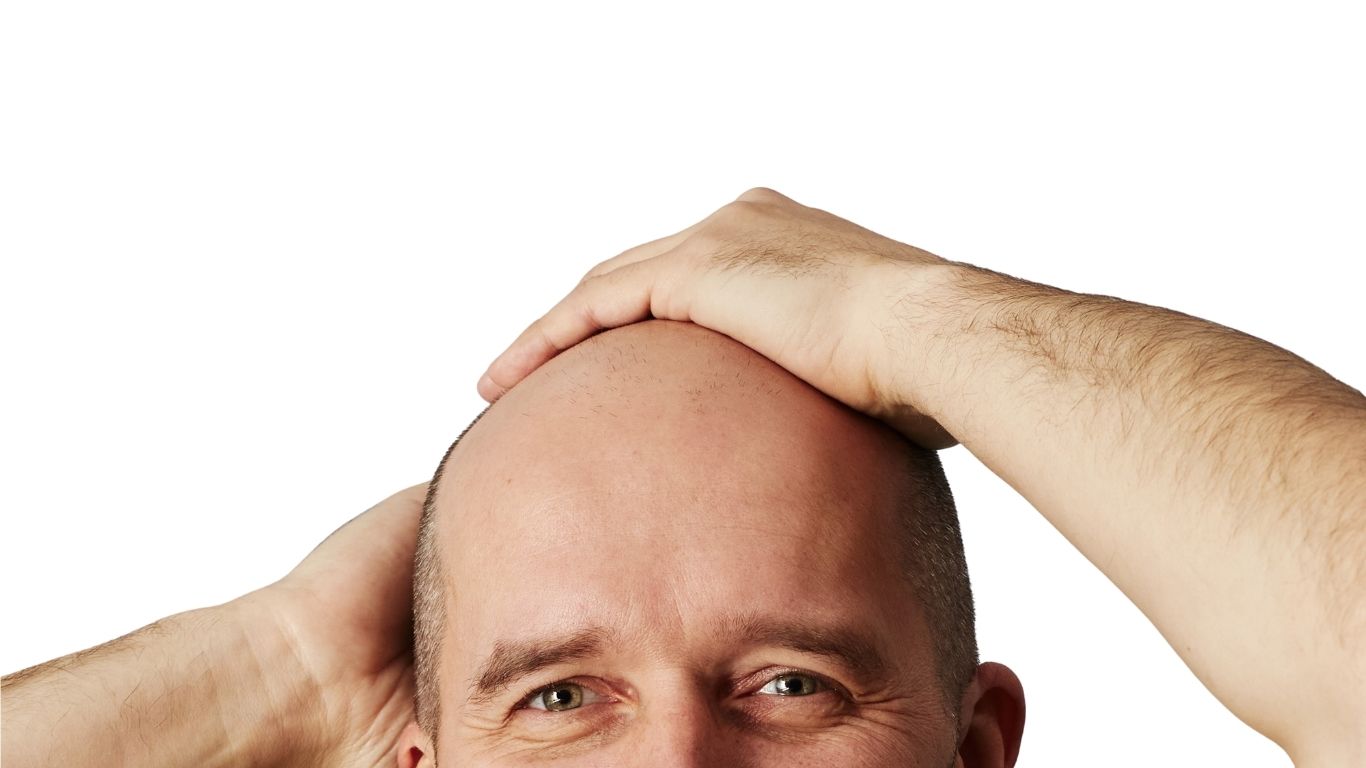Shaving your head bald is a bold choice — whether it's a personal style decision, a response to hair loss, or just a preference for a clean, low-maintenance look. Whatever your reason, shaving your head requires care and technique. A smooth scalp can look sharp and confident, but nicks, cuts, or irritation can quickly ruin the experience.
In this blog, we’ll explore:
-
Why people choose to shave their heads
-
Different methods for shaving your head
-
The risks of scalp irritation and cuts
-
Practical tips for a smooth, injury-free shave
Why Do People Shave Their Heads?
Choosing to go bald is personal. Some do it to regain control over thinning hair or balding, others simply love the look and ease. The benefits are clear:
-
Low maintenance: No combing, styling, or blow-drying needed.
-
Consistent appearance: No worrying about patchy or thinning spots.
-
Hygienic: Less sweat and oil buildup, especially in warmer months.
-
Aesthetic: A clean-shaven head is often associated with strength and confidence.
Shaving Methods: From Stubble to Smooth
There are several ways to get a bald look. Your method depends on your skin type, the finish you want, and how comfortable you are with shaving tools.
1. Hair Clipper (no guard)
Most people start here. A clipper gets your hair super short — almost bald — but doesn’t touch the skin.
Pros:
-
Fast and easy
-
Low risk of cuts
-
Great first step
Cons:
-
Leaves visible stubble
-
Scalp may appear darker due to hair roots
Best for: Beginners or anyone wanting a short buzz instead of a full shave.
2. Manual Razor (cartridge or system razor)
For a truly smooth finish, a razor blade gives you the cleanest result — similar to shaving your face.
Pros:
-
Ultra-smooth finish
-
Widely available
Cons:
-
Higher risk of cuts, especially on a bumpy or sensitive scalp
-
Takes more time than clippers
Tips:
-
Always use shaving cream or gel
-
Shave with the grain first, then against it for a smoother result
-
Rinse your blade frequently
3. Safety Razor (classic double-edge blade)
For the experienced shaver, a safety razor offers precision and a more sustainable option — but it takes skill.
Pros:
-
Cheap over time (replacement blades are inexpensive)
-
Eco-friendly (less plastic waste)
Cons:
-
Steeper learning curve
-
Higher risk of cuts if used carelessly
Best for: Confident shavers with a steady hand and some patience.
4. Electric Head Shaver
There are special electric devices designed for shaving the scalp, with rotating heads or foil systems.
Pros:
-
Quick and convenient, no water or shaving cream needed
-
Lower risk of cuts
-
Great for daily or frequent use
Cons:
-
Not as smooth as a manual razor
-
Quality shavers can be expensive
Best for: Those prioritizing comfort and speed over an ultra-smooth finish.
The Risks: Cuts, Irritation & Ingrown Hairs
The scalp is sensitive. Especially if it’s your first time shaving, you may experience:
-
Nicks or razor burn: Often caused by dull blades or too much pressure
-
Irritation or red bumps: From dry shaving or sensitive skin
-
Ingrown hairs: When hairs curl back into the skin and become inflamed
-
Scabs or pimples: From poor hygiene or blocked pores
How to Prevent These Problems
Before You Shave:
-
Wash your scalp with warm water to open pores
-
Exfoliate 1–2 times per week to remove dead skin
-
Consider a pre-shave oil for smoother glide
While Shaving:
-
Use a clean, sharp blade
-
Apply light pressure and use short, controlled strokes
-
Shave with the grain first, and only against the grain if your skin can handle it
-
Rinse your blade often
After You Shave:
-
Clean with a gentle scalp cleanser, ideally under the shower. Our Bald& Headwash is an ideal gentle cleanser for after a head shave.
-
Apply a soothing, alcohol-free aftershave or aloe vera gel such as Bald& After-Sun & Shave.
-
Moisturize regularly with a light lotion or balm
-
Avoid direct sunlight, tight hats, or sweating right after shaving
What If You Still Get Cuts?
Sometimes it happens. Small cuts and nicks are common, especially when you’re still learning.
-
Clean the area with water and mild antiseptic
-
Apply a healing cream or aloe vera gel such as our Bald& After-Sun & Shave.
-
Let your skin rest – don’t shave again until it heals
-
Watch for signs of infection: redness, pus, or pain may require medical attention
Conclusion: Smooth, Bald, and Injury-Free
A shaved head can be stylish, practical, and empowering — but only if done properly. Choose the shaving method that fits your comfort level and take care of your scalp before, during, and after each shave.
Still getting frequent cuts or irritation? It might not be your technique — your skin type could play a role. In that case, a visit to a dermatologist or skincare professional can help you figure out the best routine.

0 comments